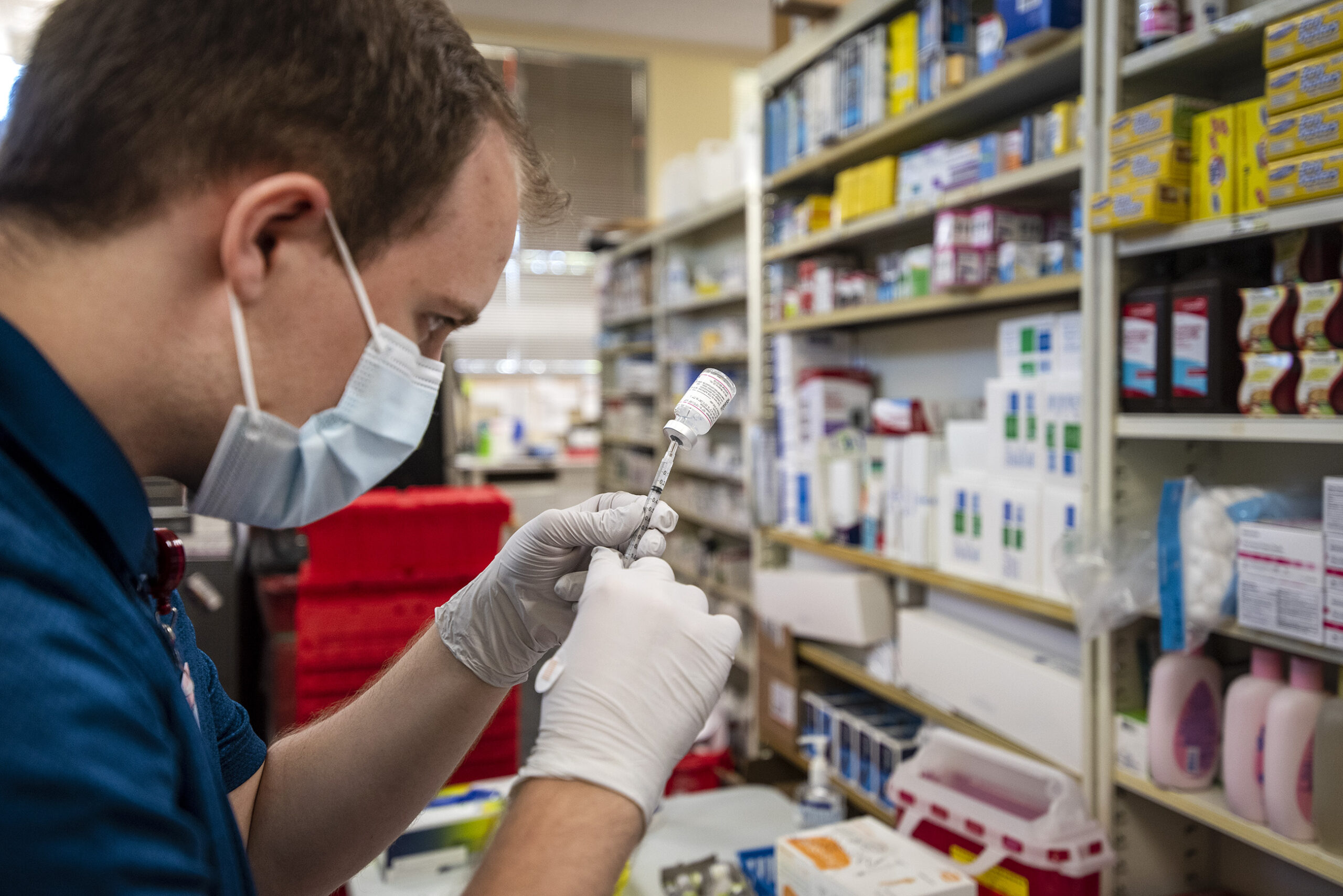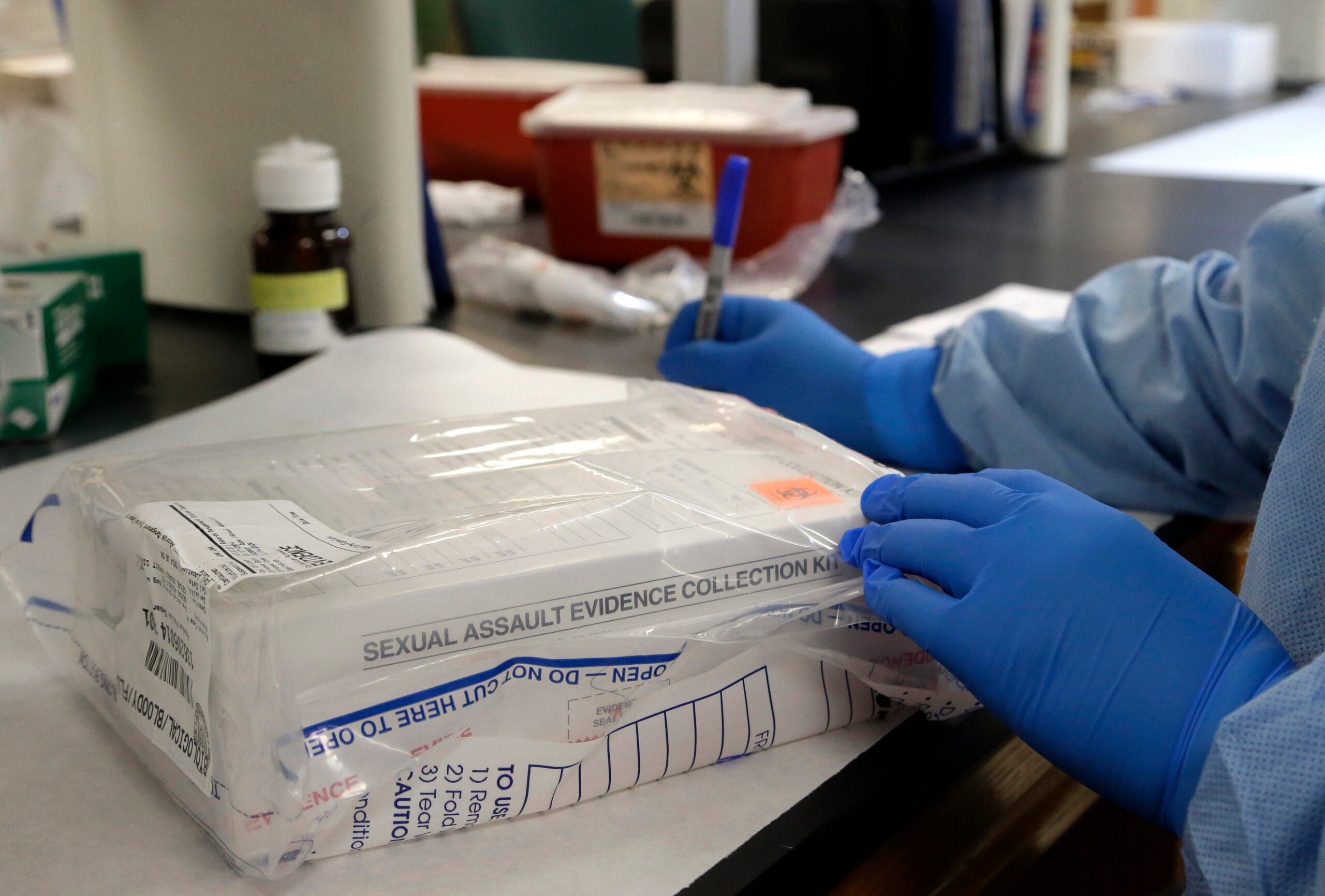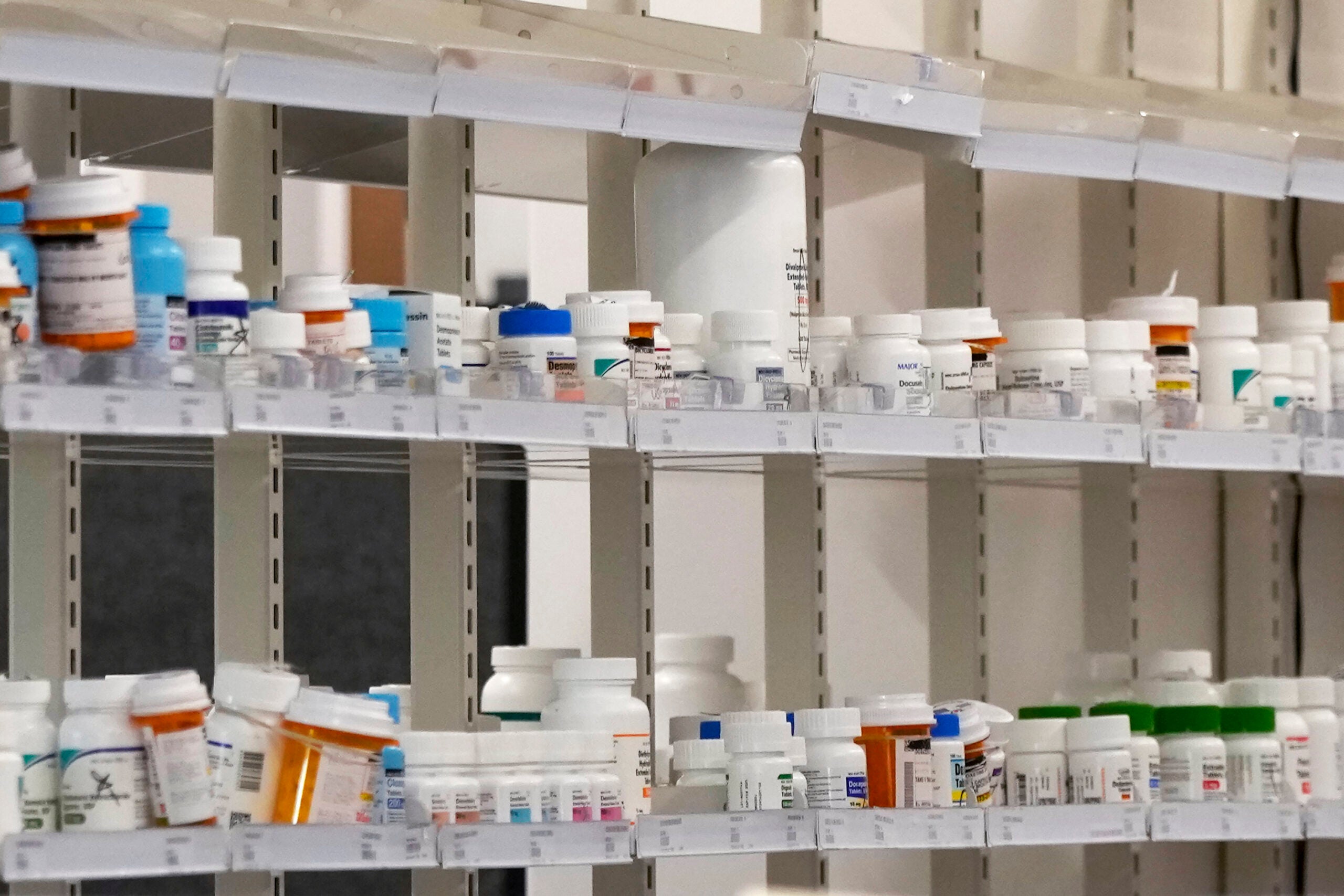Pharmacy students who commit to working in rural, medically underserved areas of Wisconsin after graduation could get thousands of dollars in financial assistance under a plan from Republican legislators.
The bill would create a rural pharmacy practice grant program through the state’s Higher Educational Aids Board, or HEAB. The agency would provide up to $90,000 in grants over three years to pharmacists who work at least three years of their first five years after graduation in “medically underserved areas,” as defined by the secretary of the federal Department of Health and Human Services. The program would be capped at funding 10 pharmacists each year.
Under the plan, students enrolled in a school of pharmacy can apply to the program prior to becoming a licensed pharmacist. If the bill passes, it would apply to this year’s graduates.
News with a little more humanity
WPR’s “Wisconsin Today” newsletter keeps you connected to the state you love without feeling overwhelmed. No paywall. No agenda. No corporate filter.
Republican Rep. Alex Dallman of Green Lake, the lead author of the legislation, said it’s increasingly difficult for people in rural areas like Adams and Marquette counties to get the health care they need.
“In touring some of these areas, it became pretty apparent that our pharmacists are very important to our rural and elderly community and those that need medical help,” he said. “A lot of the time the pharmacist is who is closest to the people, even more than a primary care provider.”
Dallman said it’s already difficult to fill open job positions, and finding pharmacists is particularly challenging given how much schooling the profession demands, along with the “massive amount of student loan debt” some incur.
A study from 2021 found that of Wisconsin’s 837 community pharmacies, fewer than 7 percent — 57 businesses statewide — were in rural areas.
Dallman co-sponsored the legislation last year during his first term, but he said it came too late into the budget process. This time around, he said he’s “fairly optimistic” about the bill’s prospects because it’s a pilot program, which requires one-time funding.
“It’s a perfect opportunity for us to test out the waters on pilot programs and be able to see if they’re going to return on investments and if we should keep investing in the future,” Dallman said.
Adams County, which serves about 21,000 residents, is home to just one pharmacy.
That one pharmacy is not open on weekends, said Adams County public health officer Cody Przybylski. That means some travel at least 45 minutes to a surrounding county to get care they need, something he said could add extra financial and mental stress for residents. He said the rural pharmacy grant program “would be huge for Adams County.”
Przybylski said the county has few transportation options for people without access to vehicles, saying many people walk or ride their bikes to pick up a prescription. County officials have tried to improve access to healthcare with programs like Central Wisconsin Health Partnership, a six-county collaborative with local public health departments and a federally qualified health center. But the county is facing its own staffing shortages.
“We tried to offer some of the older individuals some transportation to get to their appointments and to get to the pharmacy, but unfortunately, with Adams being such a small county, we only have so much staff, too,” Przybylski said.
Erik Jorvig, dean of the Concordia University Wisconsin’s School of Pharmacy, said the grant program would be an incentive to help address worker shortages, offset some student loan debt and allow graduates to build meaningful relationships with rural residents.
“Once people end up established in a rural community, I could very easily see those pharmacists creating those connections with that community and staying in that community more long-term than even the bill would lead to,” Jorvig said.
Wisconsin Public Radio, © Copyright 2026, Board of Regents of the University of Wisconsin System and Wisconsin Educational Communications Board.





